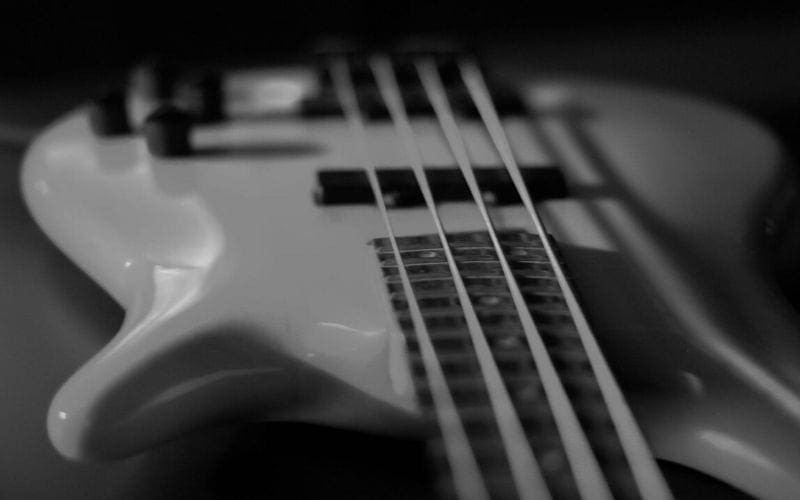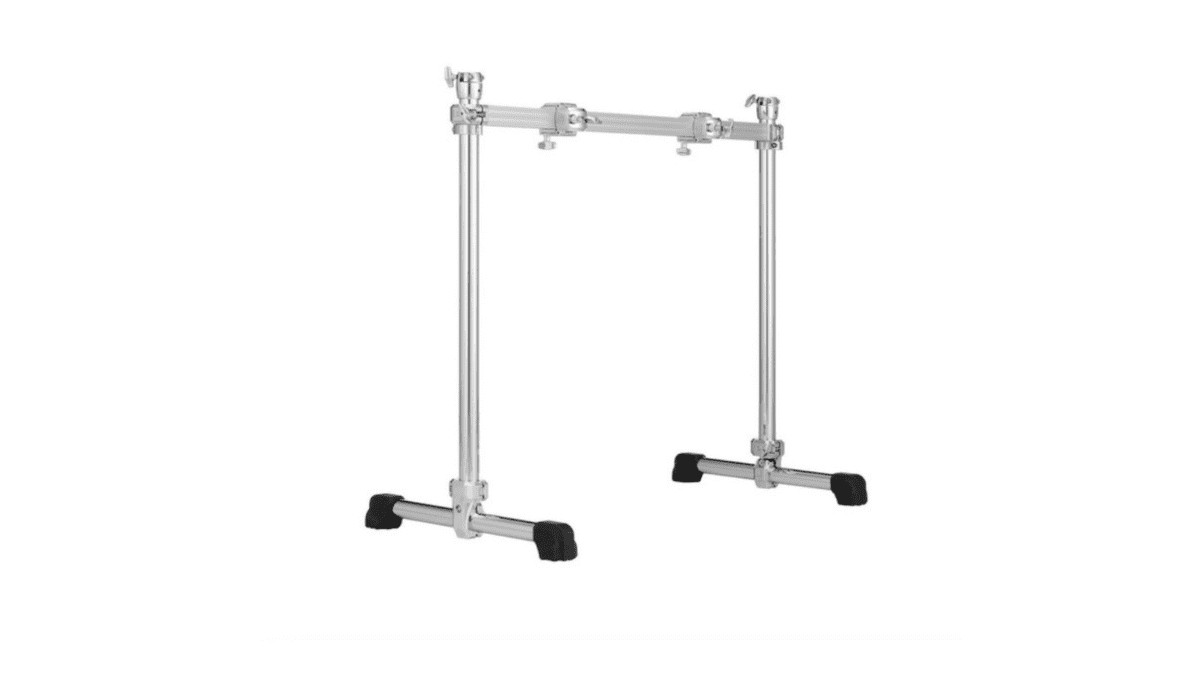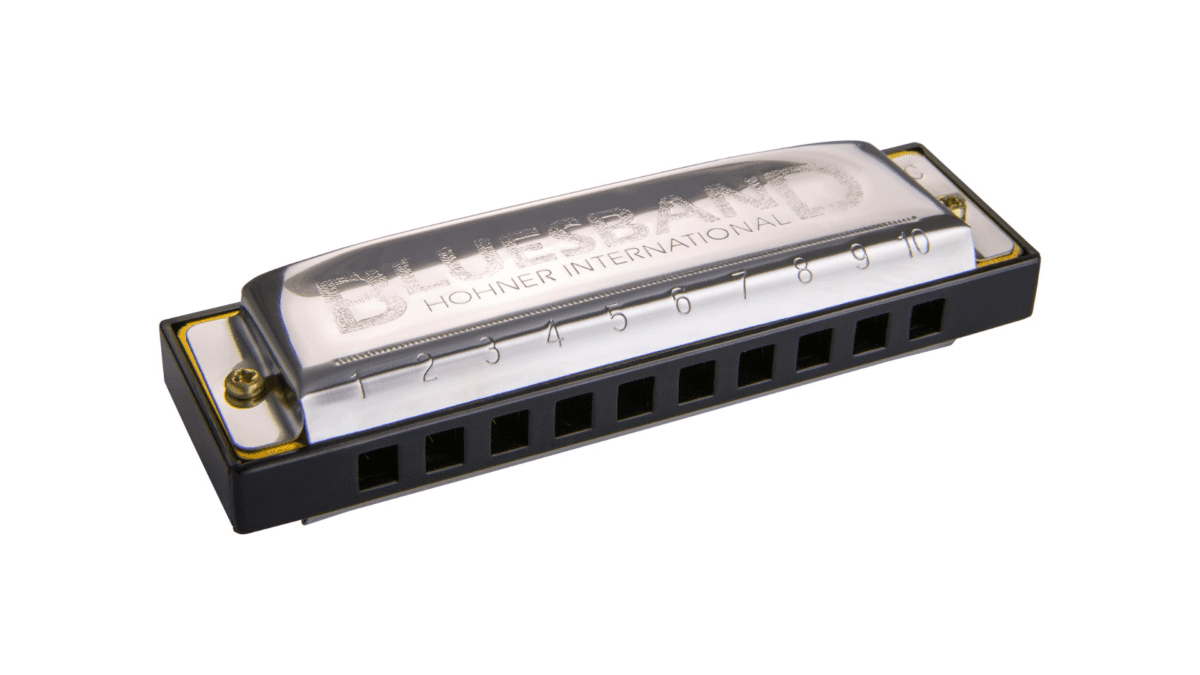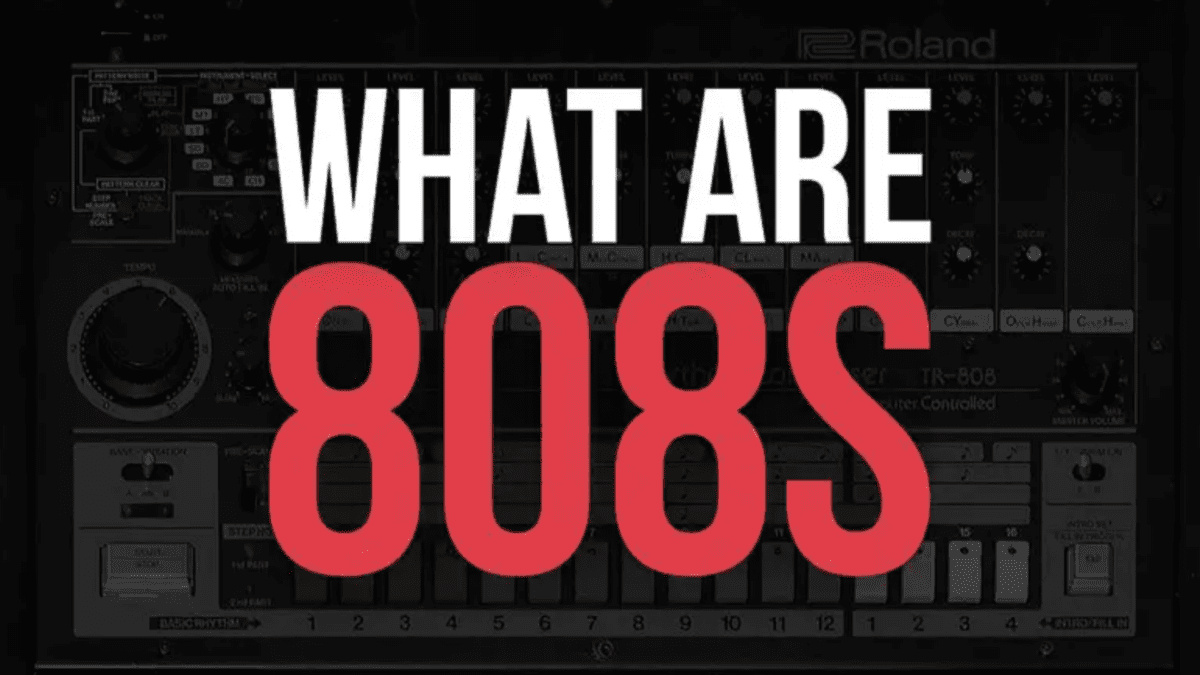In this article, we will explore the fretless bass guitar, its sound, history, and what makes it unique. In my career as an international session player, I have started with fretted bass guitars, and later on moved to fretless bass and upright bass. Exploring the possibilities and challenges that the fretless provides is something I suggest to any electric or acoustic bass player. Let’s start our journey into the fretless world, understanding what a fretless bass guitar is and how it works.
What Is A Fretless Bass Guitar?

If you are a bass guitar player, you have probably watched videos on YouTube of Sting, Jaco Pastorious, Les Claypool (Primus), or Jack Bruce (Cream). All of them have one thing in common: they play a fretless bass. So, why a fretless instrument, and what is precisely a fretless bass guitar?
Well, it is essentially a bass guitar with no frets. This results in a smooth-sounding transitioning from one note to another. The primary function of frets is to help players to stick to “tonal music”. A fretted instrument is also the more natural way to play Western Music (where the smallest possible interval is a half step). Most of the Pop music that we hear on Spotify and YouTube falls under the category of “Western Music”.
The attribution to the invention of the fretless bass guitar is given to Jaco Pastorius, who between 1969 and 1970, removed the frets from his Fender Jazz electric bass. Bill Wyman of the Rolling Stones, was also known for playing a homemade fretless as early as 1961.
How Does A Fretless Bass Work?
Just like a regular bass guitar, there is both fretless electric or fretless acoustic bass. Fretless electric bass guitars use pickups to amplify their sound. In contrast, acoustic fretless guitars rely on the natural hollow body resonance, and either internal pickups or external microphones to produce their sounds.
Strings are an essential part of how a fretless guitar produces its unique tone. Many fretless players prefer to use “flat wound strings”. These are manufactured with a wrapped wire flattened so you can hardly feel any ridges between the wraps.
On a fretless bass, your fingertips become the frets. The fingers press the strings directly against the fingerboard, as with a violin. This results in a vibrating string that extends from the bridge to the fingertip. The fretless fretboard has a different feel from the fretted boards of standard bass guitars. One of the first things you will notice, especially if moving from a fretted bass guitar to a fretless one, is how the strings interact and work with the instruments’ body when frets are not present.
Why Go Fretless?

Another difference between fretted and fretless approaches is that the player can slide between notes and chords smoothly. This forces the note to drop by a tone or semitone every time the fingers slide past a fret. The fretless also opens doors to a vast array of vibrato techniques, usually limited by frets’ presence.
If you are familiar with the expressiveness of fretless instruments like the violin, viola, cello or upright bass, you know how expressive a vibrato can be. Fretless guitars remind us of how important it is to develop a personal way to vibrato notes. A lot of “fretted bass guitar” players forget how expressive a simple “back and forth” vibrato is, instead of the usual vibrato we are used to when playing fretted instruments. Alternating between fretted and fretless bass guitar also highlights the importance of training your ears. This is not only to improve your sense of tuning and harmony, but also to shape your journey of creating a personal sound. You will notice that your technique is a big part of getting that “fretless sound.”
Playing or practicing scales on this type of guitar is one of the best ear-training exercises you can do. I would suggest performing with a fixed-tuning instrument like a keyboard or a MIDI backing track. If you play folk or styles of music that ventures into alluring melodies, the possibilities that are given by this type of guitar are endless.
Is It Challenging To Learn How To Play It?

Playing a fretless instrument is a different experience from playing a fretted bass or guitar. Some fretless bass guitars come with side dot markers, and others don’t. The general rule is to rely more on the ear and the physical interaction between your hands and the instrument. Not having to rely on frets might feel tricky. However, with patience and practice, you will get the right level of connection with the instrument and take advantage of the expressiveness a fretless instrument can provide.
Four-string guitars have the strings (starting from lowest) E A D and G. 5 string fretless bass guitars have an additional low B string, and 6 string fretless bass is like five strings fretless bass guitars with a high C string. The finger positions are roughly the same. However, your intonation is the key to producing clear notes, as nothing sounds more off than an out of tune fretless bass guitar.
A few simple things to help you master it quicker:
- When purchasing, request that the music shop make dots where the frets would be. These painted (or notched) “frets” allow players to use the marking as a guide whilst learning un-fretted techniques. As your skill progresses, the dots can be removed.
- Focus on learning slide techniques. Instead of bending strings to bend notes, use sliding. You can slide harmonics and chords, creating unique sounds.
- Practice using drones and tune instruments using harmonics, then later fine-tune with dedicated tuners.
Just like any fretless instrument, there are also disadvantages. Because it lacks the typical guidance of a fret, it requires a lot of ear training to truly master. Lastly, fretless instruments allow for more expression but also allow for bigger, more noticeable mistakes.
The World Of Fretless Bass Guitar: Final Thoughts

The sound of the fretless bass guitar is unique, and the instrument’s expressiveness can be heard in many styles of music, from jazz to death metal. Playing fretless guitar should be experienced at least once by every bass guitar player.
It takes time, perseverance and determination, but so does anything complicated that you want to learn. Stick with it, and you will be able to make one of the most fascinating sounds in music.
Learning to play fretless bass guitar is an incredibly fulfilling endeavor, and of particular interest to those who have mastered the traditional bass guitar and are looking for a new challenge!










